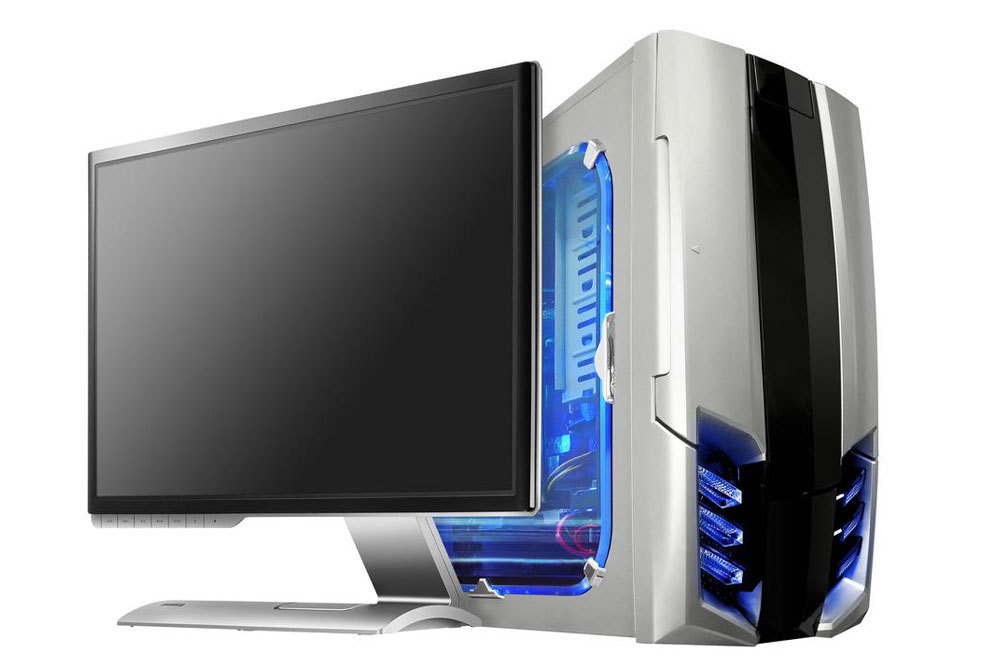Understanding the Three Main Types of Operating Systems
Explore the three main types of operating systems—batch processing, time-sharing, and network OS—to better understand their roles in various computing environments. This overview highlights their functions, differences, and applications across industries, offering valuable insights for tech enthusiasts and professionals alike.

Understanding the Three Main Types of Operating Systems
Operating systems are essential components found in devices everywhere. From personal computers to enterprise servers, they serve vital functions. Whether you work in IT, finance, or are simply passionate about technology, understanding different operating systems can boost your knowledge. They can streamline workflows and automate tasks, enhancing productivity. It's important to note that OSs are not limited to personal devices—they also manage networks and batch processing systems across various industries.
Here are the three primary types of operating systems you should familiarize yourself with.
Batch processing OS: Designed for automating repetitive tasks, these systems execute jobs without manual intervention. An example would be automated punch card processing. They are programmed to run specific tasks and do not require active user interaction. These OSs are managed by developers and rely heavily on algorithms to perform their functions. They are not limited to personal computers but are commonly used in larger systems where processing large volumes of data efficiently is critical.
Time-sharing OS: These systems support multiple users simultaneously, sharing processor time to optimize performance and response times. Think of it as dividing precious computing resources among several users to ensure everyone gets quick feedback. Similar to collaborative work, time-sharing OSs facilitate multiple users working on the same system while tracking progress. Unlike batch systems, they utilize minimal processing power per task, enabling rapid responses even during high demand.
Network OS: In organizational environments, network operating systems enable file sharing, device management, and user access over networks. They typically depend on servers to handle user accounts, data security, and application management. Common examples include Windows Server, Mac OS X, Linux, and BSD. For non-technical users, these systems may seem complex, but they are fundamental in managing business networks efficiently.









